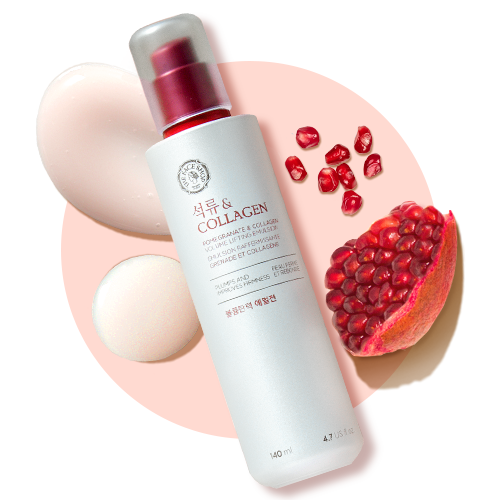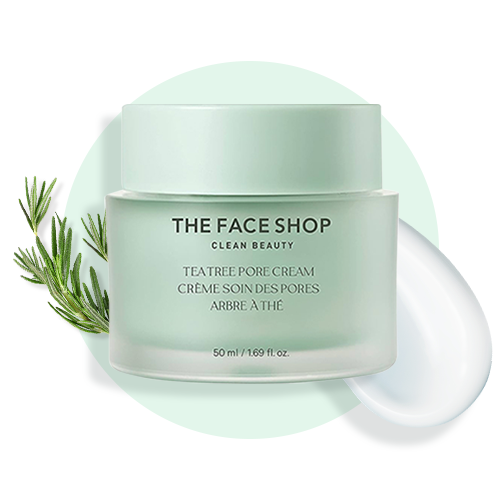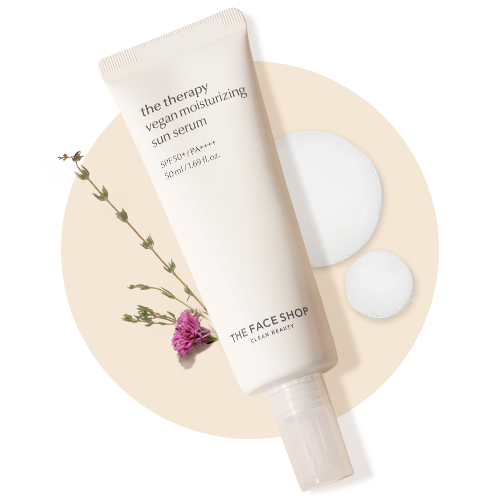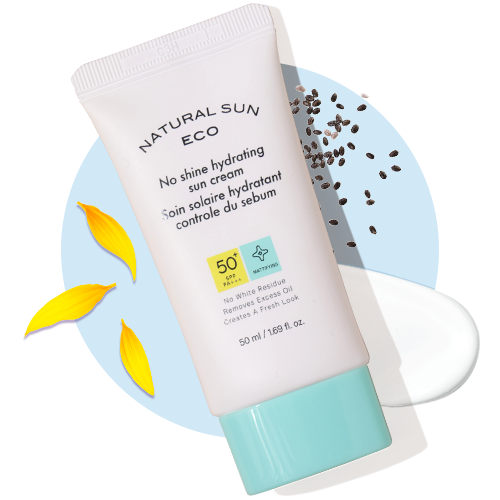f you have ever woken up to skin that feels tight, flaky, or dull—especially during the harsh transitions between Indian seasons—you know the struggle of dry skin. The Indian beauty market is flooded with ingredients promising the holy grail of hydration, but two names consistently rise to the top: Hyaluronic Acid and Ceramides.
But which one does your skin actually need? Is it the water-holding magnet or the barrier-building warrior? As someone who has analysed countless ingredient lists for the Indian climate, I’m here to break down the science and help you choose the best serum for dry skin.
The Science of Hydration: Humectants vs. Barrier Builders
To understand which serum works best, we first need to understand how dry skin behaves versus dehydrated skin.
Hyaluronic Acid: The Thirst Quencher
Hyaluronic Acid (HA) is a humectant. Think of it as a sponge. It draws moisture from the environment and pulls it into the top layer of your skin. It can hold up to 1,000 times its weight in water, making it a star ingredient in any hydrating face serum.
Best for:
- Dehydrated skin (lacking water).
- Oily skin that feels tight underneath.
- Instant plumping effects.
Ceramides: The Fortress Builders
Ceramides are lipids (fats) that make up over 50% of your skin’s composition. They are the "mortar" between your skin cells (the "bricks"). Without ceramides, your skin barrier weakens, allowing moisture to escape and irritants to enter.
Best for:
- True dry skin (lacking oil).
- Sensitive, red, or irritated skin.
- Repairing a damaged skin barrier.
The Verdict: Which Serum is Best for Indian Weather?
In India, our skin faces unique challenges: high pollution levels in cities like Delhi and Mumbai, hard water, and extreme UV exposure.
If you are looking for a comprehensive serum for dry skin, the answer isn't necessarily "one or the other." However, here is the rule of thumb:
- Choose Hyaluronic Acid if you are dealing with monsoon humidity. The air is moist, and HA will pull that moisture into your skin.
- Choose Ceramides (or a blend) during dry winters or harsh summers. When the air is dry, HA can sometimes draw water out of your skin if not sealed properly. Ceramides prevent this water loss.
Ideally, the best serum dry skin routines often incorporate both or use a multi-functional product.
How to Layer for Maximum Moisture
For the ultimate dry skin treatment serum routine, follow this order to ensure you aren't just applying product, but actually absorbing it.
Step 1: Gentle Cleansing
Avoid stripping your natural oils. If you wear makeup or sunscreen, start with a cleansing oil for face. This melts away grime without harsh scrubbing, preserving your lipid barrier.
Step 2: Apply Your Serum
While your face is still slightly damp, apply your hyaluronic acid serum or a specialized moisturizing serum dry skin formula. This traps the water left on your face.
Step 3: Seal with a Cream
serums penetrate deep, but they need a lock. Follow up with a robust moisturiser. For ageing concerns, which often accompany dryness, a collagen face cream works wonders to provide that occlusive layer that keeps the serum working all day.
Step 4: Sun Protection
Never skip this. Sun damage dries out the skin further. A lightweight serum sunblock is excellent for dry skin as it adds protection without the chalky, drying finish of matte sunscreens.
Conclusion
When battling dryness in the Indian climate, don't view it as a battle between ingredients. Hyaluronic Acid hydrates, while Ceramides protect. For the best results, look for a serum for dry skin that balances hydration with barrier repair, and always seal it with a good moisturizer.
Conclusion
When battling dryness in the Indian climate, don't view it as a battle between ingredients. Hyaluronic Acid hydrates, while Ceramides protect. For the best results, look for a serum for dry skin that balances hydration with barrier repair, and always seal it with a good moisturizer.
Conclusion
When battling dryness in the Indian climate, don't view it as a battle between ingredients. Hyaluronic Acid hydrates, while Ceramides protect. For the best results, look for a serum for dry skin that balances hydration with barrier repair, and always seal it with a good moisturizer.
Conclusion
When battling dryness in the Indian climate, don't view it as a battle between ingredients. Hyaluronic Acid hydrates, while Ceramides protect. For the best results, look for a serum for dry skin that balances hydration with barrier repair, and always seal it with a good moisturizer.
Conclusion
When battling dryness in the Indian climate, don't view it as a battle between ingredients. Hyaluronic Acid hydrates, while Ceramides protect. For the best results, look for a serum for dry skin that balances hydration with barrier repair, and always seal it with a good moisturizer.
Conclusion
When battling dryness in the Indian climate, don't view it as a battle between ingredients. Hyaluronic Acid hydrates, while Ceramides protect. For the best results, look for a serum for dry skin that balances hydration with barrier repair, and always seal it with a good moisturizer.
Conclusion
When battling dryness in the Indian climate, don't view it as a battle between ingredients. Hyaluronic Acid hydrates, while Ceramides protect. For the best results, look for a serum for dry skin that balances hydration with barrier repair, and always seal it with a good moisturizer.
Conclusion
When battling dryness in the Indian climate, don't view it as a battle between ingredients. Hyaluronic Acid hydrates, while Ceramides protect. For the best results, look for a serum for dry skin that balances hydration with barrier repair, and always seal it with a good moisturizer.
Conclusion
When battling dryness in the Indian climate, don't view it as a battle between ingredients. Hyaluronic Acid hydrates, while Ceramides protect. For the best results, look for a serum for dry skin that balances hydration with barrier repair, and always seal it with a good moisturizer.
Conclusion
When battling dryness in the Indian climate, don't view it as a battle between ingredients. Hyaluronic Acid hydrates, while Ceramides protect. For the best results, look for a serum for dry skin that balances hydration with barrier repair, and always seal it with a good moisturizer.
Conclusion
When battling dryness in the Indian climate, don't view it as a battle between ingredients. Hyaluronic Acid hydrates, while Ceramides protect. For the best results, look for a serum for dry skin that balances hydration with barrier repair, and always seal it with a good moisturizer.
Conclusion
When battling dryness in the Indian climate, don't view it as a battle between ingredients. Hyaluronic Acid hydrates, while Ceramides protect. For the best results, look for a serum for dry skin that balances hydration with barrier repair, and always seal it with a good moisturizer.
Conclusion
When battling dryness in the Indian climate, don't view it as a battle between ingredients. Hyaluronic Acid hydrates, while Ceramides protect. For the best results, look for a serum for dry skin that balances hydration with barrier repair, and always seal it with a good moisturizer.
FAQ: Common Questions About Dry Skin Serums
Can I use Hyaluronic Acid and Ceramides together?
Yes! In fact, they are a power couple. Apply the Hyaluronic Acid serum first to hydrate, and follow up with a Ceramide cream (or serum) to lock that hydration in. This is the gold standard for a face serum for dryness.
Is Hyaluronic Acid safe for sensitive Indian skin?
Generally, yes. However, ensure the molecular weight is balanced. Very low molecular weight HA can sometimes irritate highly sensitive skin. A balanced serum sensitive dry skin formula is usually safe.
Does oily skin need these serums?
Oily skin can be dehydrated (lacking water). A lightweight hydrating face serum with HA is perfect for oily skin because it hydrates without clogging pores.
How often should I use a serum for dry skin?
Twice daily. In the morning to protect and hydrate, and at night to repair.






